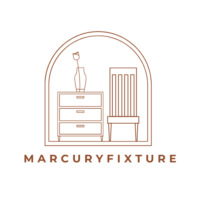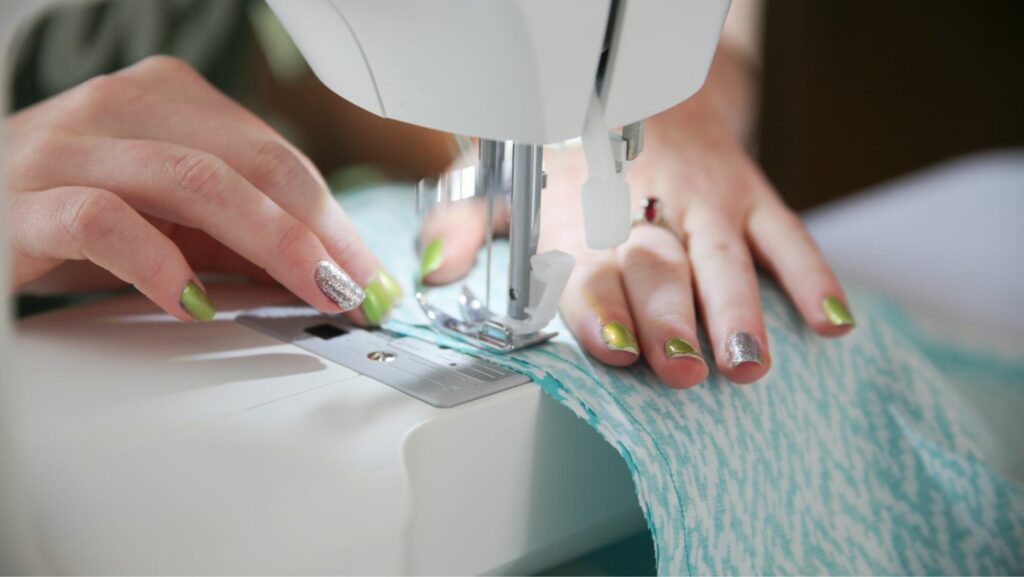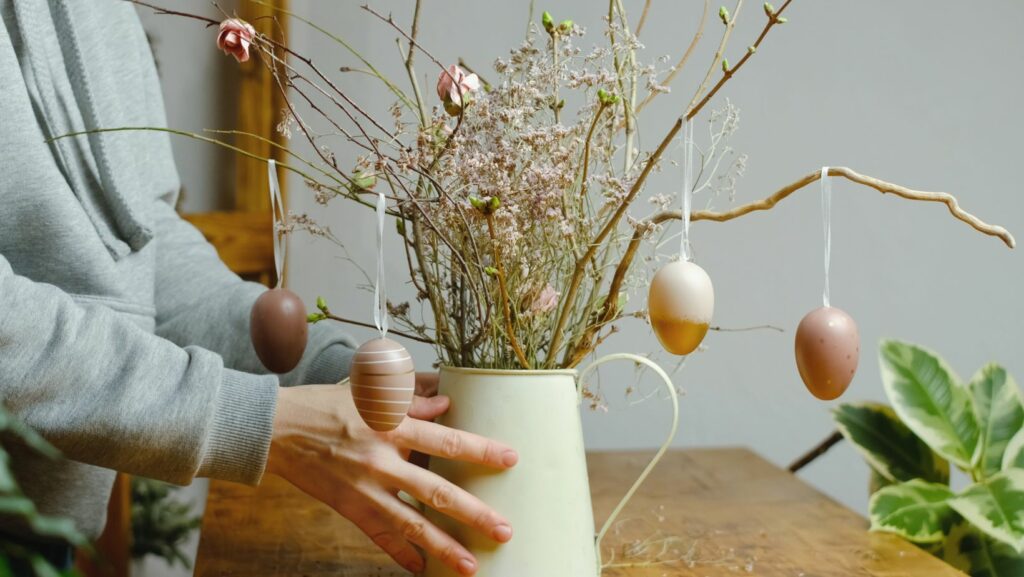Unleashing your creativity has never been more accessible than in the world of DIY sewing projects. Whether you’re a seasoned seamstress or a beginner with a fresh spool of thread, the possibilities are endless. This article is your guide to exploring the colorful, tactile universe of fabric and stitches.
DIY Sewing Projects
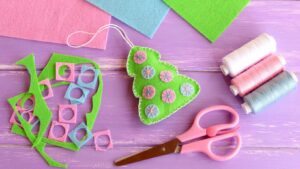
Elevating the aesthetics of home and keeping the mind engaged, DIY sewing projects reap an array of benefits. Firstly, they foster creativity, igniting previously unexplored ideas. Taking a piece of fabric and transforming it into a one-of-a-kind creation lets the imagination soar, playing a significant role in generating innovative ideas.
Additionally, sewing improves problem-solving skills. Seamstresses quickly become adept at making decisions, gaining proficiency by troubleshooting issues such as working through complex patterns or correcting stitch errors.
Substantial cost savings also count amongst the benefits. With just a bit of fabric, a handful of supplies such as a needle and thread, and a sprinkle of dedication, seamstresses create bespoke items that rival store-bought versions. To illustrate, crafting a DIY apron can cost as little as $10 while store alternatives can run between $20 and $50.
Lastly, DIY sewing serves as stress relief. Navigating the sewing journey, arranging the fabric, threading the needle, and ultimately seeing a completed project brings immense satisfaction, easing tension and offering psychological respite.
Essential Tools for Beginner Sewers
Enabling successful DIY sewing projects, an assortment of basic tools proves vital for novice seamstresses. Firstly, a sewing machine comes up as a pivotal item. Reliable and designed for user-friendliness, models tailored for beginners offer assistance in mastering the craft.
Secondly, fabric shears provide precise cuts, ensuring accuracy in transforming fabrics into creative pieces. Remember, regular scissors aren’t advisable as they cause fraying and damage the material’s integrity.
Thirdly, measuring tools ensure perfect fittings. A flexible measuring tape helps take accurate body measurements while a straight ruler assists in drawing lines and angles on fabric.
Lastly, sewing needles and thread assortments allow for varying stitch types, offering versatility in the project outcomes. Also, cutting mats act as protective surfaces during fabric cutting, and seam rippers assist in thread removal when correcting stitching errors.
Popular DIY Sewing Projects for Beginners
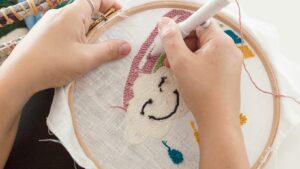
Equipped with the essential tools previously mentioned, one can dive into the realm of DIY sewing. Picking beginner-friendly projects, such as pillowcases, aprons, pencil cases, baby bibs, and totes, can initiate novices into the craft. These simple projects emphasize basic stitches, measurements, and patterns.
Take the pillowcase, for instance: It involves sewing a few straight lines, which simplifies the understanding of the sewing machine’s functionality and mastering thread tension. Aprons, serving as another excellent starting point, require more precise measurements but still entail simplistic design patterns.
On the other hand, pencil cases and baby bibs offer exposure to easy zipping methods and curve sewing respectively. Not to forget, tote bags – these offer a deeper insight into fabric handling, reinforcing seams, and creating sturdy straps.
Each of these projects, in essence, encourages gradual growth, allowing beginners to understand and relish the nuances of sewing, building a solid foundation for more advanced projects in the future.
Tips for Successful DIY Sewing Projects
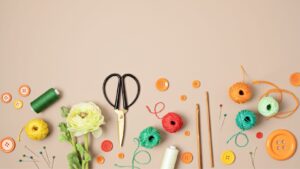
Embarking on DIY sewing projects is a rewarding journey. It’s not just about crafting beautiful items. It’s also about nurturing creativity, honing problem-solving skills, and experiencing stress relief. From beginners to advanced sewers, there’s a project that fits everyone’s skill level.
Starting with simple pieces like pillowcases, aprons, or totes allows beginners to build confidence. As they advance, precision-cutting, pattern-making, and hand stitching become integral parts of their sewing repertoire. They can create more complex projects such as patchwork quilts, structured dresses, and even men’s ties.
Remember, every stitch is a step towards mastery. It’s not about perfection, but progress. So, pick up that needle and thread, and let the sewing adventure begin. With patience and persistence, anyone can transform a piece of fabric into a work of art.
